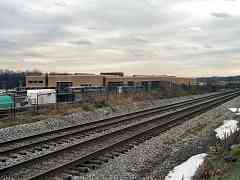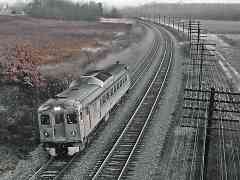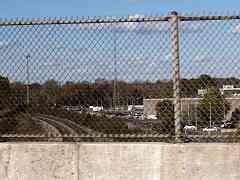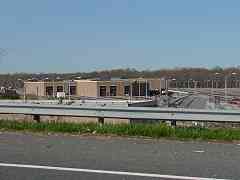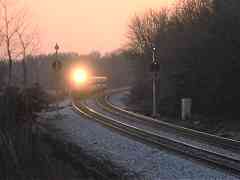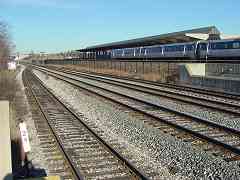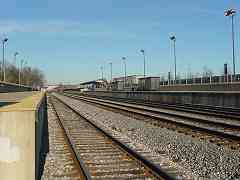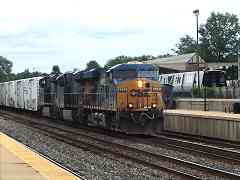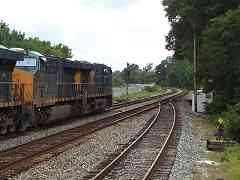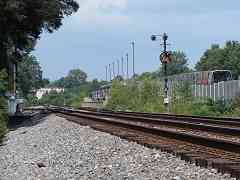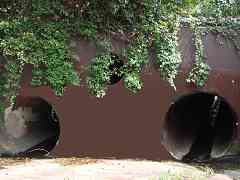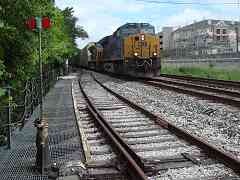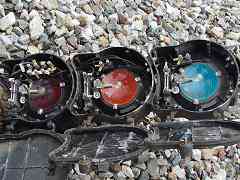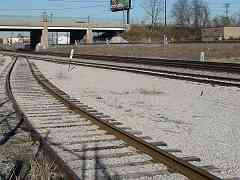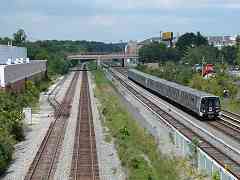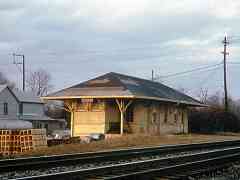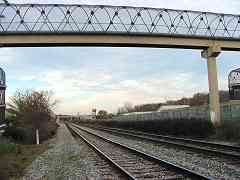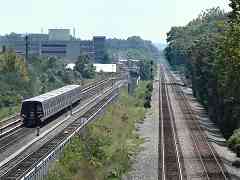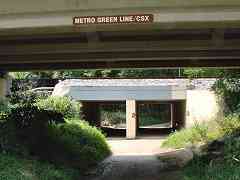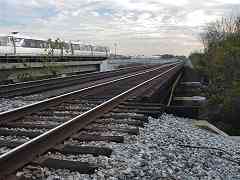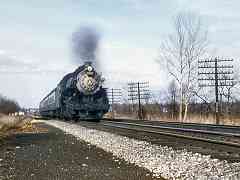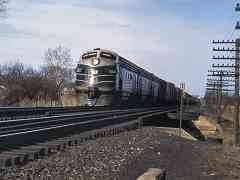|
At Greenbelt, the trains compete not only with the cars of DC area commuters
but also with each other. Still, that doesn't mean the signage is easy to
understand.
The brown sign is DC Metro standard, but in this case it describes "Commuter Rail"
which locals call the "MARC train". It also lists East Bound and West Bound, which
infrequent riders are unlikely to understand, not to mention the preferred spelling
is Eastbound and Westbound. Omitted is a sign to direct people to Metro's
Green Line.
The blue sign is more understandable: it mentions MARC and indicates which way to
walk to reach the platform to Washington, DC. It does not, however, indicate how
one can reach the platform for Baltimore-bound MARC trains.
Of course, regular commuters know their way and don't need signage. The only
audience for these signs are newbies and infrequent riders, the very group that
needs clear directions.
| 